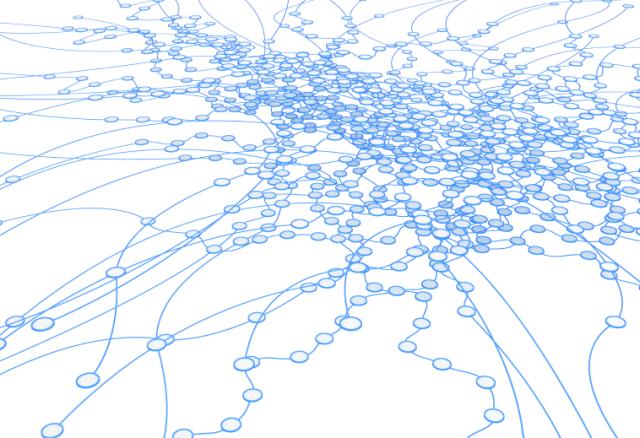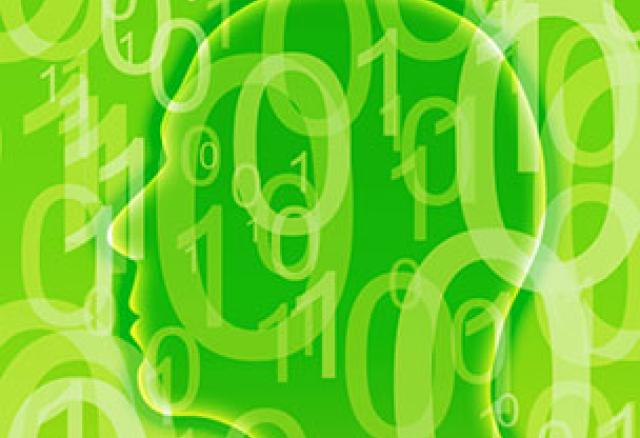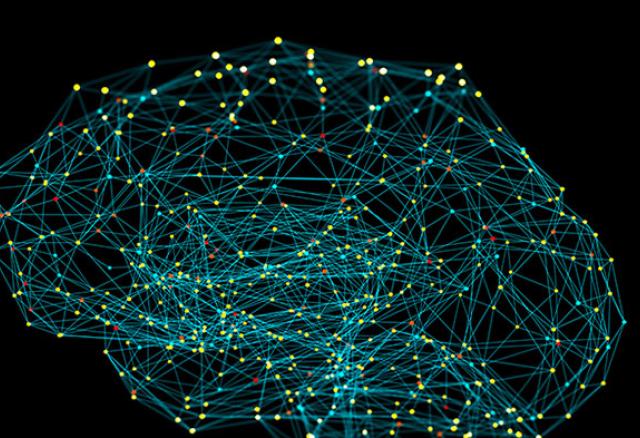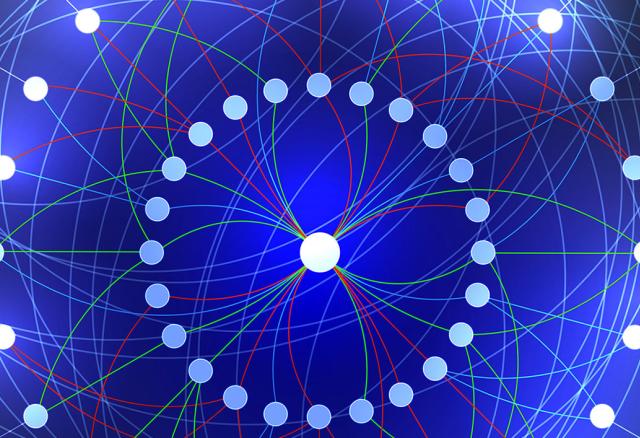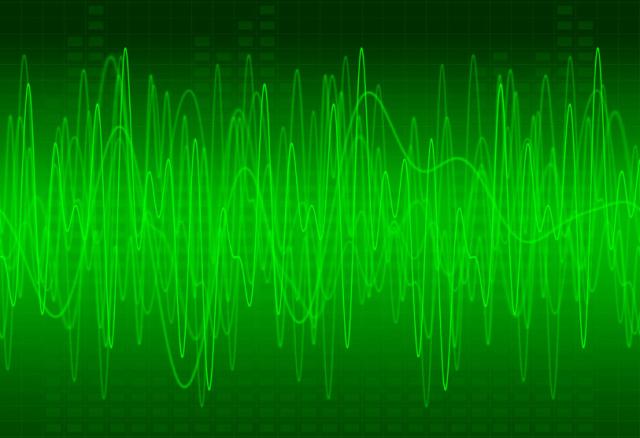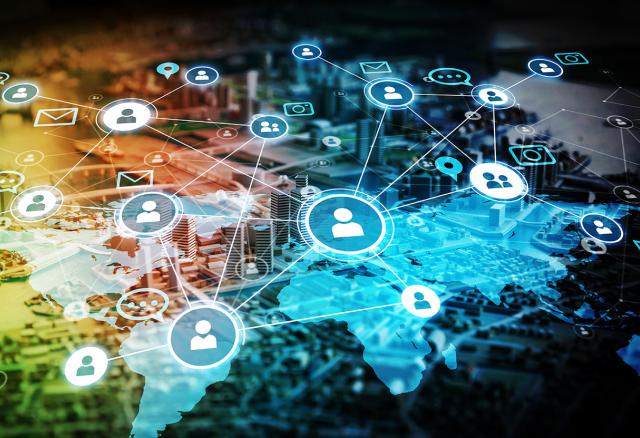Editorial: Reconstruction of Audio From Incomplete or Highly Degraded Observations
The papers from this special section focus on the restoration of udio content, in particular speech and music from degraded observations. This is a challenging and long-standing problem in audio processing. In particular this holds for severe degradations and incomplete observations, which are regularly encountered in practice. The papers in this section have been organized to gather contributions that would serve both as a comprehensive primer on the stateof- the-art, and a showcase of current developments within the field.
